Rome isn’t just about the Colosseum and Vatican City, though those spots certainly have their charm. The real magic happens in the neighborhoods where Romans actually live, work, and grab their morning espresso. These areas offer a glimpse into authentic Roman life, complete with family-run trattorias, bustling markets, and that unmistakable Italian rhythm that tourists rarely experience.
While millions of visitors flock to the same handful of famous sites each year, locals have their own favorite corners of the Eternal City. Here is a list of 14 Rome neighborhoods that Romans themselves prefer for daily life, leisure, and everything in between.
Trastevere
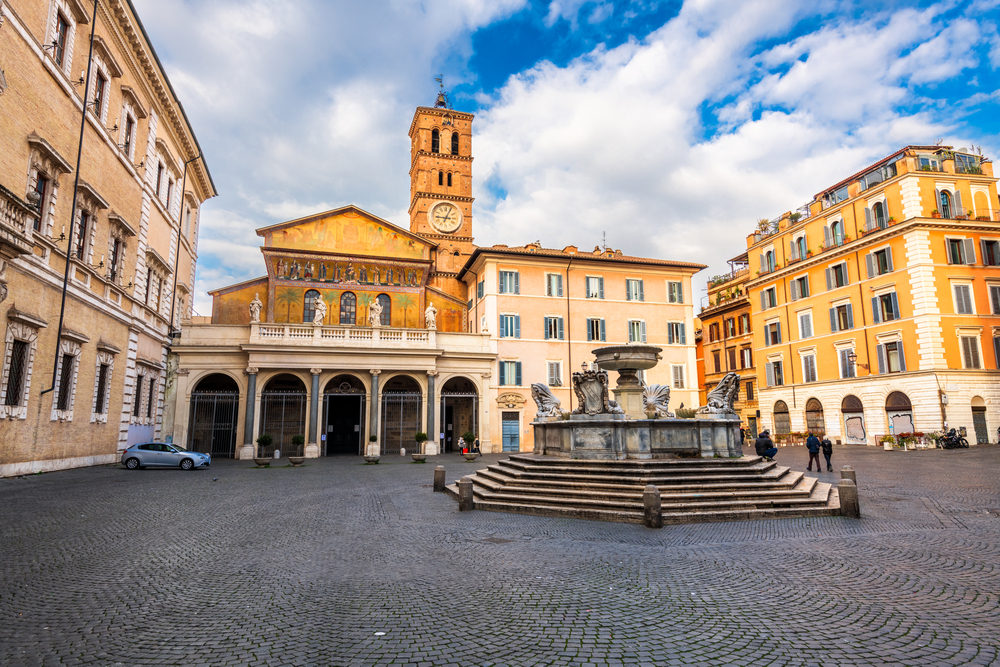
Trastevere feels like a village tucked away within a major city, with its narrow cobblestone streets and medieval charm. The name literally means ‘across the Tiber’, and this neighborhood has maintained its distinct character for centuries.
Romans love it here because it strikes the perfect balance between historic atmosphere and modern convenience. You’ll find locals sipping wine at outdoor tables well into the evening, treating the piazzas like their personal living rooms.
Testaccio
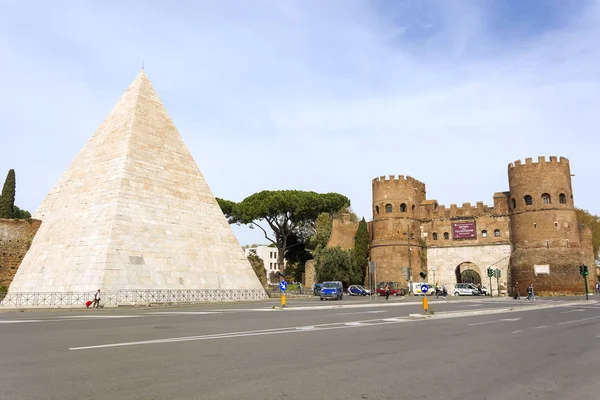
Food lovers consider Testaccio the culinary heart of Rome, and for good reason. This working-class neighborhood built its reputation on authentic Roman cuisine, particularly dishes featuring offal and traditional preparations that have been passed down through generations.
The morning market here buzzes with energy as locals select fresh ingredients, while the evening brings crowds to family-owned restaurants that tourists haven’t discovered yet. Romans appreciate that Testaccio keeps things real without putting on airs for visitors.
Like Travel Pug’s content? Follow us on MSN.
Pigneto
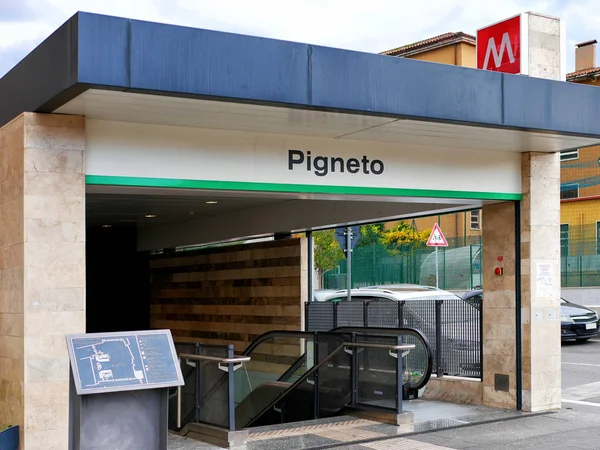
Pigneto has evolved from a rough-around-the-edges area into Rome’s creative hub, attracting artists, students, and young professionals. The neighborhood maintains its gritty charm while offering some of the city’s best street art, independent bookshops, and experimental restaurants.
Romans gravitate toward Pigneto because it feels alive and unpredictable, like anything could happen around the next corner. The aperitivo scene here rivals anywhere else in the city, with locals gathering at wine bars that spill onto the sidewalks.
San Lorenzo

University students and academics have claimed San Lorenzo as their territory, creating a vibrant atmosphere that pulses with intellectual energy. The neighborhood surrounds La Sapienza University, so it naturally attracts a younger crowd that keeps the bars and restaurants hopping until late.
Romans who want to feel connected to the city’s academic pulse choose San Lorenzo for its bookshops, debate-filled cafés, and reasonably priced dining options. The area has a rebellious streak that appeals to locals who remember its role in various political movements throughout history.
Monti

Monti manages to feel both ancient and contemporary, sitting in the shadow of the Colosseum while maintaining its own distinct personality. This compact neighborhood draws Romans who appreciate its boutique shopping, artisanal craft stores, and cozy wine bars tucked into centuries-old buildings.
The area attracts a mix of creative professionals and longtime residents who’ve watched it transform from a working-class district into one of Rome’s trendiest spots. Locals love that Monti offers sophistication without pretension, where you can find both vintage clothing and traditional Roman dishes within the same block.
Like Travel Pug’s content? Follow us on MSN.
Garbatella

Garbatella stands out as one of Rome’s most architecturally interesting neighborhoods, built in the early 20th century as a garden city experiment. The area features distinctive buildings with courtyards and green spaces that make it feel more human-scaled than much of central Rome.
Romans are drawn to Garbatella because it offers affordable housing options while maintaining a strong sense of community among residents. The neighborhood has kept its authentic character despite growing popularity, with local markets and family-run shops still forming the backbone of daily life.
Ostiense
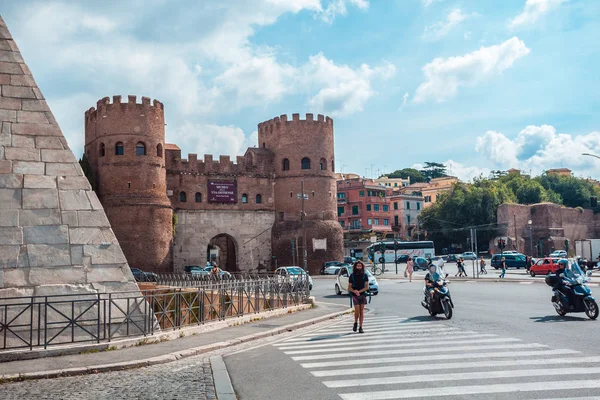
Industrial heritage meets modern innovation in Ostiense, where former factories have transformed into cultural spaces and trendy venues. The neighborhood appeals to Romans who want to be part of the city’s creative renaissance while enjoying lower rents than central areas.
Ostiense has become a hotspot for contemporary art galleries, live music venues, and experimental dining that pushes boundaries beyond traditional Roman cuisine. Locals appreciate how the area maintains its industrial character while embracing new energy from artists and entrepreneurs.
Quadraro
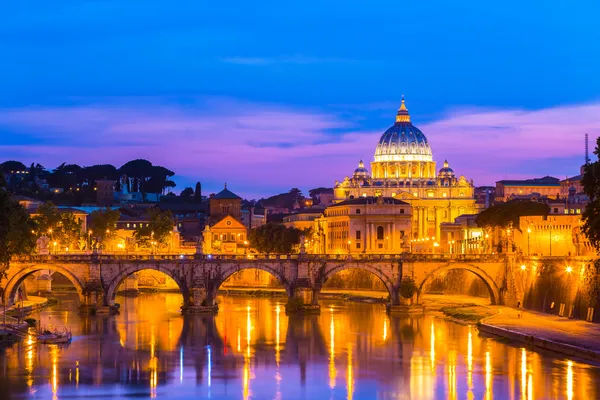
Quadraro has emerged as one of Rome’s most exciting up-and-coming neighborhoods, attracting young families and creative types seeking affordable living options. The area was once considered off the beaten path, but Romans have discovered its potential for community building and artistic expression.
Large-scale murals cover many buildings, turning the neighborhood into an open-air gallery that reflects local pride and creativity. Residents love how Quadraro feels like a small town within the big city, where neighbors know each other and local businesses thrive on personal relationships.
Like Travel Pug’s content? Follow us on MSN.
Campo de’ Fiori Area
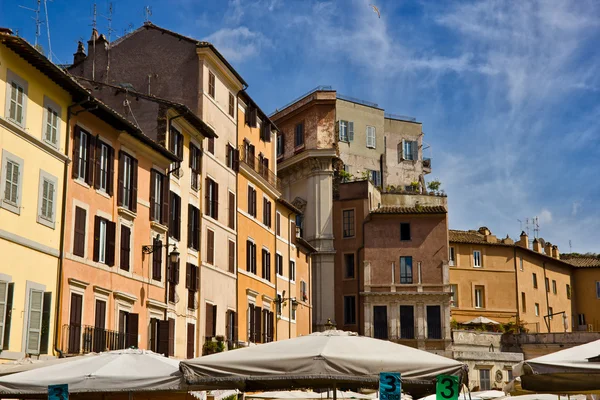
The streets surrounding Campo de’ Fiori offer Romans a perfect blend of historic atmosphere and daily convenience, especially when the famous market isn’t overwhelmed with tourists. Locals know the best times to shop for fresh produce and enjoy the neighborhood’s authentic character.
The area maintains its role as a genuine Roman marketplace where families have been buying groceries for generations. Romans appreciate that despite its central location, the residential streets around Campo de’ Fiori still feel like a real neighborhood where people live rather than just visit.
Flaminio
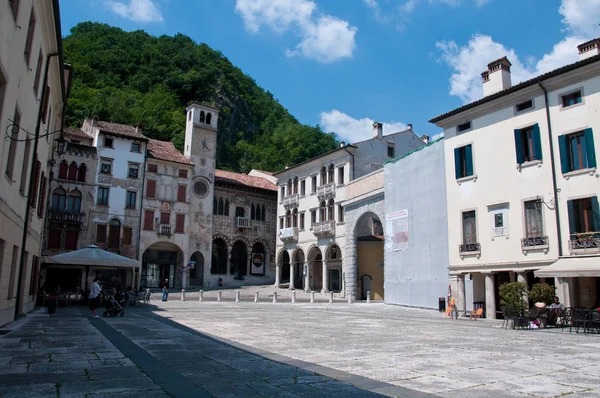
Flaminio attracts Romans who want to live near Villa Borghese while enjoying a quieter residential atmosphere than the city center provides. The neighborhood offers easy access to one of Rome’s largest parks, making it popular with families and anyone who values green space in their daily routine.
Modern architecture mixes with older buildings throughout Flaminio, creating visual interest that appeals to locals with contemporary tastes. The area has developed a reputation for good restaurants and cafés that cater to residents rather than tourists, maintaining an authentic neighborhood feel.
Prati

Prati appeals to Romans who prefer elegant, tree-lined streets and a more refined atmosphere than some of the grittier neighborhoods offer. The area near Vatican City maintains its upscale character while providing excellent shopping and dining options that locals frequent regularly.
Professional Romans often choose Prati for its combination of convenience and sophistication, with easy transportation connections throughout the city. The neighborhood has maintained its reputation as a desirable residential area where Romans can enjoy both tranquility and urban amenities.
Like Travel Pug’s content? Follow us on MSN.
Esquilino
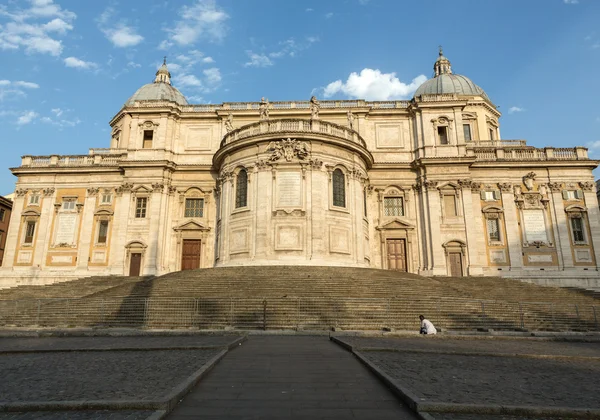
Esquilino represents Rome’s multicultural face, where immigrants from around the world have created a diverse community that many Romans find refreshing. The area around Termini Station buzzes with international restaurants, markets selling products from every continent, and a energy that differs from traditional Roman neighborhoods.
Romans who embrace diversity are drawn to Esquilino for its authentic ethnic cuisine and the opportunity to experience different cultures without leaving their city. The neighborhood proves that Rome continues evolving while maintaining its essential character.
Celio
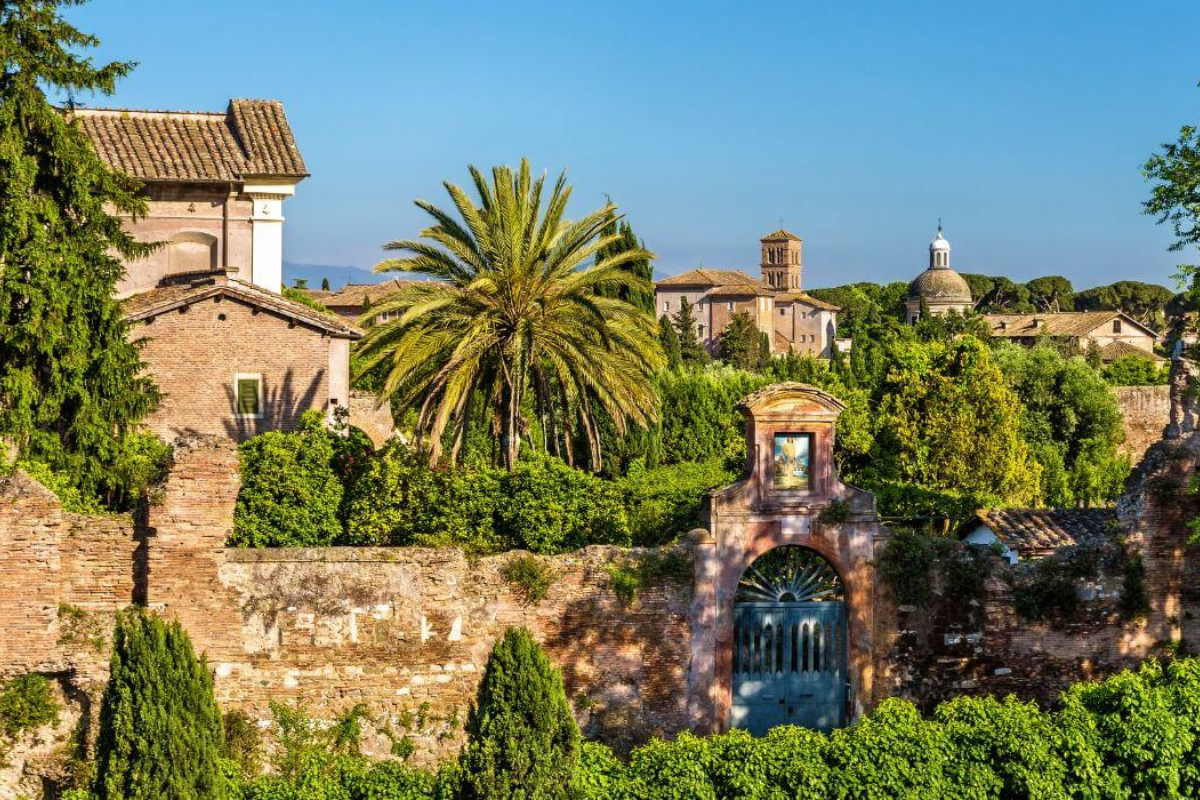
Celio offers Romans a quieter alternative to busier neighborhoods while keeping them close to major archaeological sites and green spaces. The area attracts locals who want to live among ancient ruins and medieval churches without dealing with constant tourist crowds.
Residents appreciate how Celio maintains its residential character despite being within walking distance from the Colosseum and other major attractions. The neighborhood appeals to Romans who value history and tranquility equally, providing a perfect balance between urban convenience and peaceful living.
Appio Latino
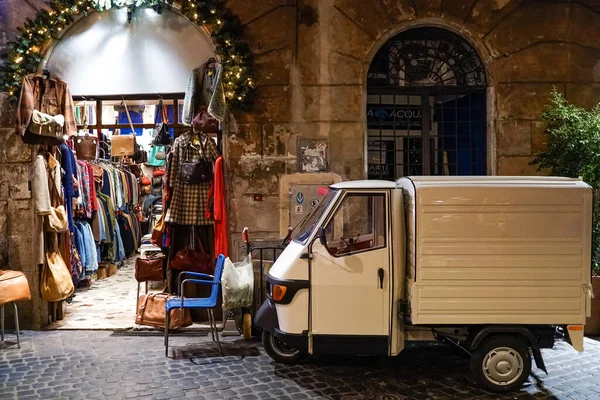
Appio Latino draws Romans seeking a suburban feel within city limits, with wider streets and more green space than central neighborhoods provide. The area has developed its own commercial district with shops and restaurants that serve local residents rather than visitors passing through.
Families often choose Appio Latino for its schools, parks, and overall quality of life that makes daily routines more pleasant. Romans appreciate that the neighborhood maintains strong community connections while offering easy access to downtown areas when needed.
Like Travel Pug’s content? Follow us on MSN.
Where Romans Really Live

These neighborhoods reveal the true character of contemporary Rome, where ancient history blends seamlessly with modern Italian life. While tourists concentrate in a few famous areas, Romans have spread throughout the city, creating vibrant communities that reflect their diverse interests and lifestyles.
Each neighborhood has developed its own personality over decades or centuries, shaped by the people who chose to make their lives there. Understanding where locals actually prefer to live, work, and spend their free time offers insight into what makes Rome function as a living city rather than just a museum of past glories.
More from Travel Pug

- 20 Best Beach Towns in the Carolinas
- 13 Destinations Where Tourists Regularly Regret Their Trip
- 20 Things You Actually Get in First Class
- 20 Small Airports With Aviation Museums
- 20 Places in the U.S. That Are Perfect for a Reset Trip
Like Travel Pug’s content? Follow us on MSN.
